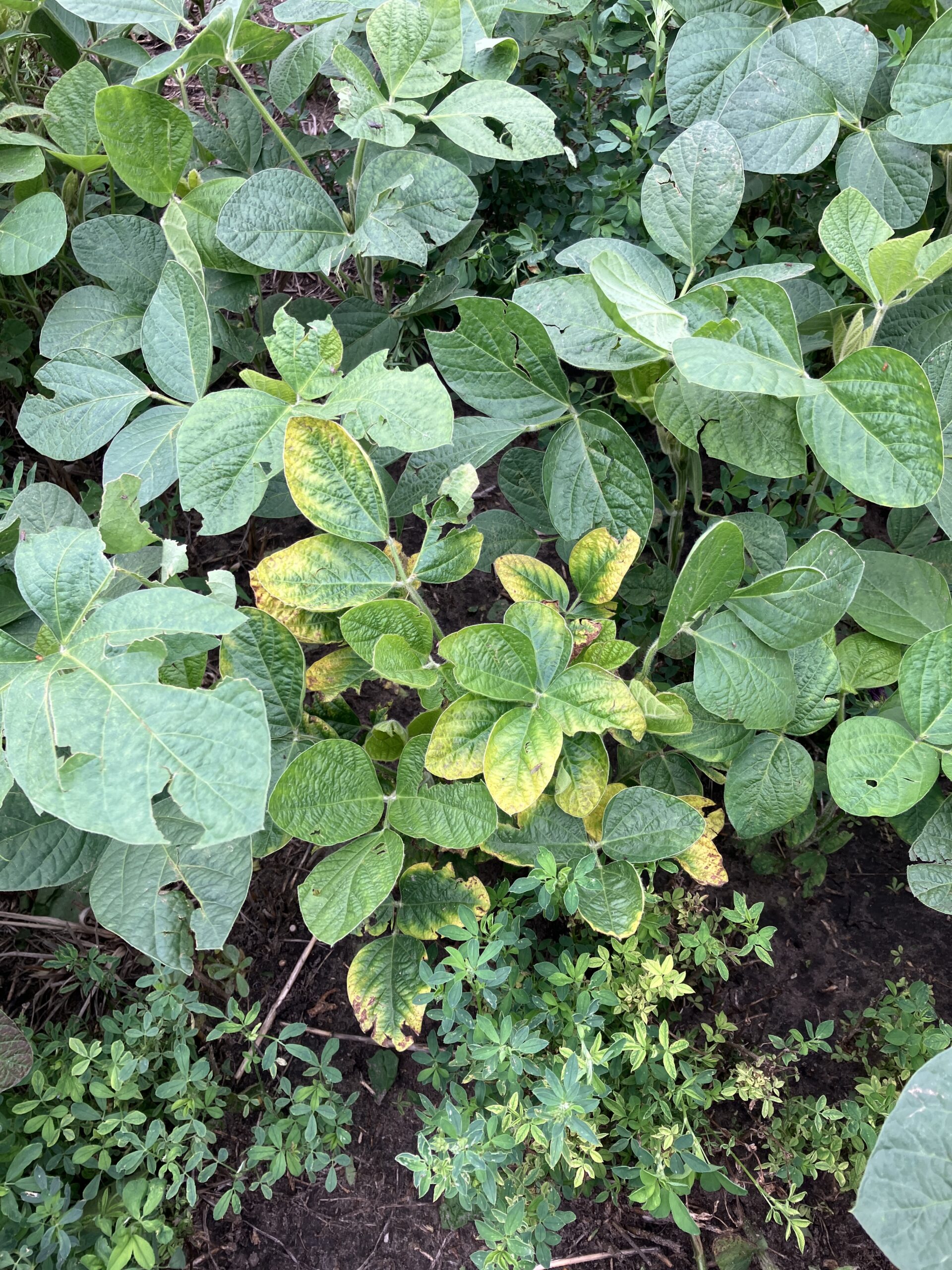
The Hidden Variable in Your Soil Test: How NPK Responds to Drying
While organic carbon measurements remain relatively stable with gentle drying, the primary nutrients show more complex responses to the drying process. Understanding these changes is crucial for interpreting your soil test results.
Nitrogen: The Wild Card
Nitrogen forms show complex and sometimes contradictory responses to drying, depending on whether you’re measuring nitrate or ammonium:

The data reveals interesting patterns:
Nitrate-N: Generally stable or slightly affected at 40-45°C
- TAY silt loam: No statistical difference between air-dried (11.23 a) and 40-45°C (11.16 a)
- Noncalcareous clay: Significant decrease from field moist (5.32 b) to 40-45°C (1.28 c)
Ammonium-N: More variable responses
- USI silt loam: Slight decrease from air-dried (14.01 bc) to 40-45°C (12.37 cd)
- Calcareous clay: Substantial increase from field moist (7.93 a) to 40-45°C (23.2 b)
Beyond these mineral forms, soluble organic nitrogen shows perhaps the most extreme response to drying. The meta-analysis by Ros et al. (2009) found that drying at 105°C can increase extractable organic N by up to 2400%. Even at moderate temperatures, significant increases occur due to microbial cell lysis.
Phosphorus: The Consistent Increaser
Phosphorus behaves more predictably than nitrogen, showing consistent increases with drying across most soil types:

Key findings:
- Consistent increase pattern: Nearly all soils show higher extractable P after drying
- 40-45°C effects: While increases occur, they’re generally less dramatic than at higher temperatures
- Mechanism: Cell lysis and mineral complex breakdown release previously unavailable P
- Practical impact: Can result in 2-3x increases from field moist conditions
Potassium: A Tale of Two Responses
Potassium behavior during drying is perhaps the most complex, as it depends entirely on your soil’s initial K levels:

The critical findings:
- Crossover point: Approximately 158 mg/kg Mehlich-3 K
- High-K soils (>158 mg/kg): Drying causes K fixation, decreasing test values
- Low-K soils (<158 mg/kg): Drying releases K from clay minerals, increasing test values
This means the same drying procedure can push two different soils in opposite analytical directions. At 40-45°C, these effects are present but less pronounced than at higher temperatures.
The Practical Path Forward: Why 40-45°C Makes Sense
For high-throughput commercial laboratories processing hundreds of thousands of samples annually, the data points to a clear conclusion: controlled drying at 40-45°C offers the best balance of accuracy and efficiency.
The Benefits of This Approach:
- Minimal impact on organic carbon for 83% of soils tested (5 out of 6)
- Predictable effects on NPK that can be understood and accounted for
- Rapid turnaround times essential for timely management decisions
- Avoids extreme changes seen at higher drying temperatures
- Consistent, reproducible results across laboratories using the same protocol
Understanding Your NPK Results
When interpreting your soil test results for primary nutrients:
Nitrogen:
- Nitrate values are generally reliable at 40-45°C drying
- Ammonium may be elevated in calcareous soils
- Consider plant-available N trends over time rather than absolute values
Phosphorus:
- Expect somewhat higher values than field conditions
- Focus on relative differences between fields and changes over time
- The consistency of the method allows for meaningful comparisons
Potassium:
- Know your soil’s K level to understand directional bias
- High-K soils may read slightly lower than field conditions
- Low-K soils may read slightly higher than field conditions
The Bottom Line
While NPK nutrients show more complex responses to drying, these effects are predictable and consistent. By understanding how drying affects each nutrient, you can better interpret your soil test results and make informed management decisions.
The key message is this: your soil test results are standardized measurements, not absolute truths. When everyone uses the same ruler, in this case, 40-45°C drying, we can make meaningful comparisons across fields, farms, and time. That’s the real value of soil testing: consistent, actionable information to guide your soil health journey.
Full list of references available upon request.



